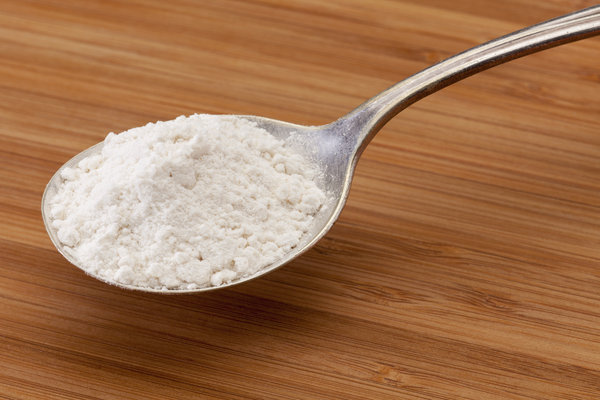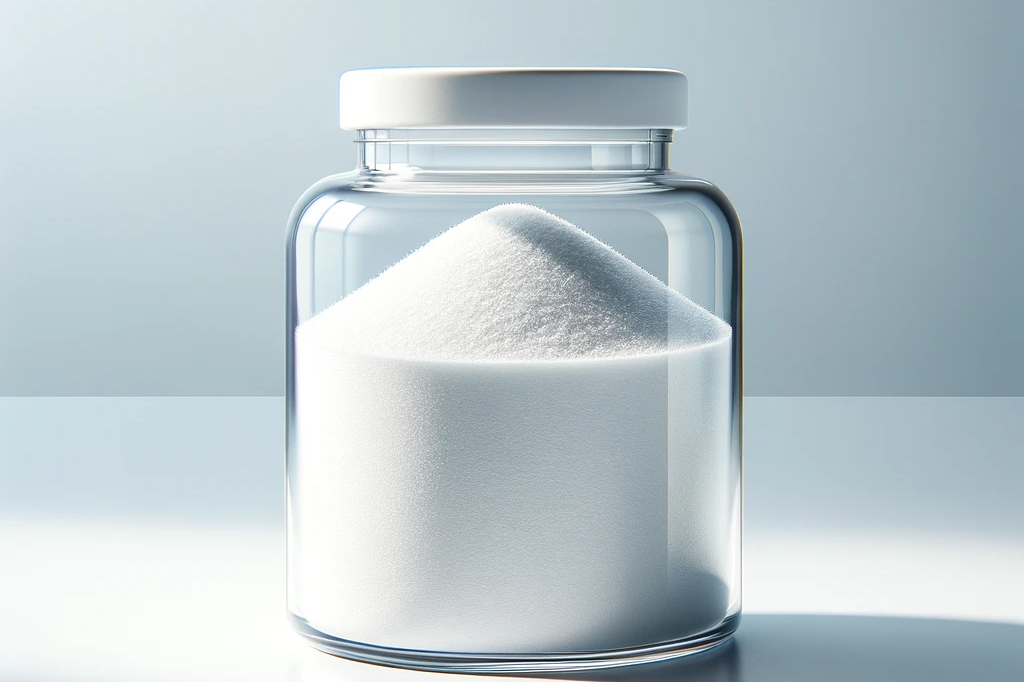Lignin

What is lignin?
Lignin is an organic polymer which, together with cellulose and hemicellulose, reinforces the cell walls of plants and makes them woody. Lignin is the second most common organic substance on earth after cellulose and makes up around 20 to 35 percent of the dry weight of wood. Lignin is almost indigestible for humans and dogs and is therefore a water-insoluble fiber.
Where is lignin found?
Lignin is mainly found in woody parts of plants, such as cereal grains, straw, bark or sawdust. Some types of fruit and vegetables also contain lignin, such as broccoli, Brussels sprouts, asparagus and carrots. Lignin can also be obtained from bog plants that grow on wet soils.
What are the benefits of lignin for dogs?
Lignin has several positive effects on the health and well-being of dogs:
- Lignin increases the volume of intestinal contents, thereby stimulating bowel movements. This promotes regular bowel movements and prevents constipation.
- Lignin binds water in the intestine and thus increases the moisture of the stool. This facilitates elimination and is gentle on the rectum.
- Lignin can bind and excrete harmful substances in the intestine, such as bile acids, cholesterol or toxins. This protects the intestinal mucosa and reduces the risk of bowel cancer.
- Lignin can increase the feeling of satiety and reduce appetite. This can help control body weight in overweight dogs.
What are the disadvantages of lignin for dogs?
As well as being beneficial, lignin can have some negative effects on a dog's diet and digestion:
- Lignin can reduce the absorption of nutrients in the intestine, such as minerals, trace elements or vitamins. This can lead to deficiency symptoms if the feed ration is not sufficiently balanced.
- Lignin can lead to flatulence, diarrhea or abdominal pain if it is fed in excessive quantities or if the dog is not used to it. This can affect the dog's quality of life.
- Lignin can trigger allergic reactions if the dog is sensitized to certain plant substances. This can manifest itself in skin rashes, itching or breathing difficulties.
Lignin is a plant-based dietary fiber that has both advantages and disadvantages for dogs. It can aid digestion, support metabolism and regulate weight, but it can also inhibit nutrient absorption, cause discomfort or trigger allergies. In order to benefit from the positive effects of lignin and avoid the negative ones, the following points should be observed:
- The food ration should always be balanced and varied to cover all the dog's nutritional needs.
- The amount of lignin in the food should be increased slowly to get the dog used to the new fiber source.
- The quality of the lignin should be high to avoid contaminants or impurities.
- The dog's individual tolerance should always be monitored in order to identify possible intolerances or allergies.
Lignin is therefore an important dietary fiber for dogs,but should be fed with caution.If you want to do something good for your dog,you can give him lignin-rich fruit and vegetables orfruits and vegetables or chews,that keep his digestion on its toes and taste good.
If you notice any signs of hypersensitivity or poisoning in your dog, you should see your vet immediately. We are not a substitute for a vet, but we try to be as accurate as possible. Every dog reacts differently and we recommend you get a second opinion or consult your vet if in doubt.
Stay healthy and take good care of your four-legged friend!😊
Similar to Lignin
Cellulose is a carbohydrate that consists of many glucose molecules. It forms the cell walls of plants and gives them stability and strength. Cellulose is found both in food (e.g. in vegetables or...
Hemicellulose is a polysaccharide fiber and is an essential component of the cell walls of plants. In contrast to cellulose, which is a linear chain of glucose molecules, hemicellulose is a...
Chitin is a long-chain polysaccharide that forms an important structural component in the exoskeleton of crustaceans, insects and even in the cell walls of some fungi. It is the second most common...
Pectin is a plant polysaccharide found in the cell walls of fruit and vegetables. It is a natural gelling agent that is released when fruit is cooked or frozen. Pectin is often used as an additive...



